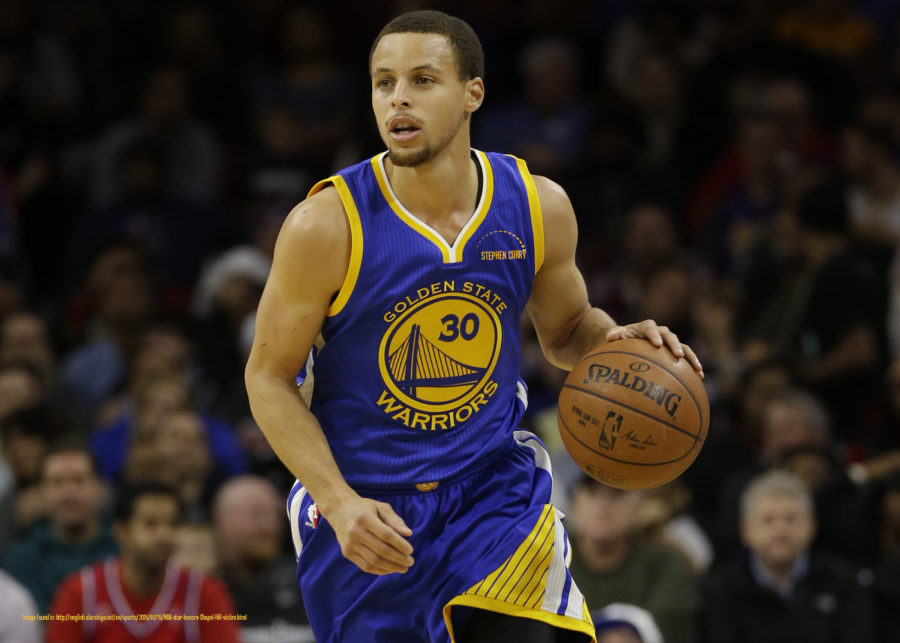Coaches have a unique position, constantly facing problems that few others encounter. They can have some of the biggest impacts on an athlete’s life, both positive and negative. Coaching comes with a range of challenges, from managing relationships and maintaining motivation to adapting to different skill sets.
One of the most popular sports at Carlmont is soccer, with a very competitive and intensive atmosphere. Lindsey Moynihan, who is both a teacher and a coach for the varsity girls soccer team, experiences complex situations that result from her two positions.
“I see kids on campus who try out for a sport, and if they don’t make it, sometimes it can be uncomfortable or awkward, especially in my class,” Moynihan said.
Like Moynihan, teacher-coaches have to learn how to separate the classroom from the field to build healthy relationships.
“My message would be that it’s not a reflection on you as a person. I still respect you as a person and a student. It just means that there might have been a lot more competition out on the field,” Moynihan said.
Another challenge for coaches is keeping athletes motivated and working toward one goal. This is particularly challenging in sports like cross country. Cross country coach Josh Schaefer has implemented a few motivators to keep his athletes working hard.
“It started this summer when we were doing training and we did popsicle Tuesdays and Thursdays. We always have chocolate milk or donut holes on weekend practices as an added benefit. I think that kind of keeps folks motivated,” Schaefer said.
Schaefer also has his athletes wear wristbands with the team goals written on them. This is to keep the team driven.
“We focus our attention on these goals first, being a team sport first and an individual second,” Schaefer said.
Baseball also has a separate set of coaching challenges. While many students playing baseball have previously played the sport and know the rules, each position requires different skills.
“We’re going to coach the catcher differently versus the center fielder. The catcher is going to be more involved with pitchers, going to go through different fundamentals of blocking, receiving, and throwing. It’s different than playing the outfield, which is focused on first step, throwing, and catching,” said Ryan Hamilton, Carlmont’s varsity head coach.
Another hurdle, present in all sports but especially in baseball, is the mental game. Being able to coach players through the highs and lows of a seven-inning game is a special skill.
“You have nine people who are starting in a game and you need to motivate the other half of the players who aren’t starting in the game, keeping everyone interested in feeling like they have a role on the team and they bring value to the team,” Hamilton said.
Many student-athletes will remember their high school careers for a lifetime, so coaching at the high school level is very impactful.
“It means a lot to me that I get to help shape and mold the competitive side of these kids. It also means a lot to me that the parents trust me with their kids to inspire them, to coach them, and to mentor them,” Schaefer said.












